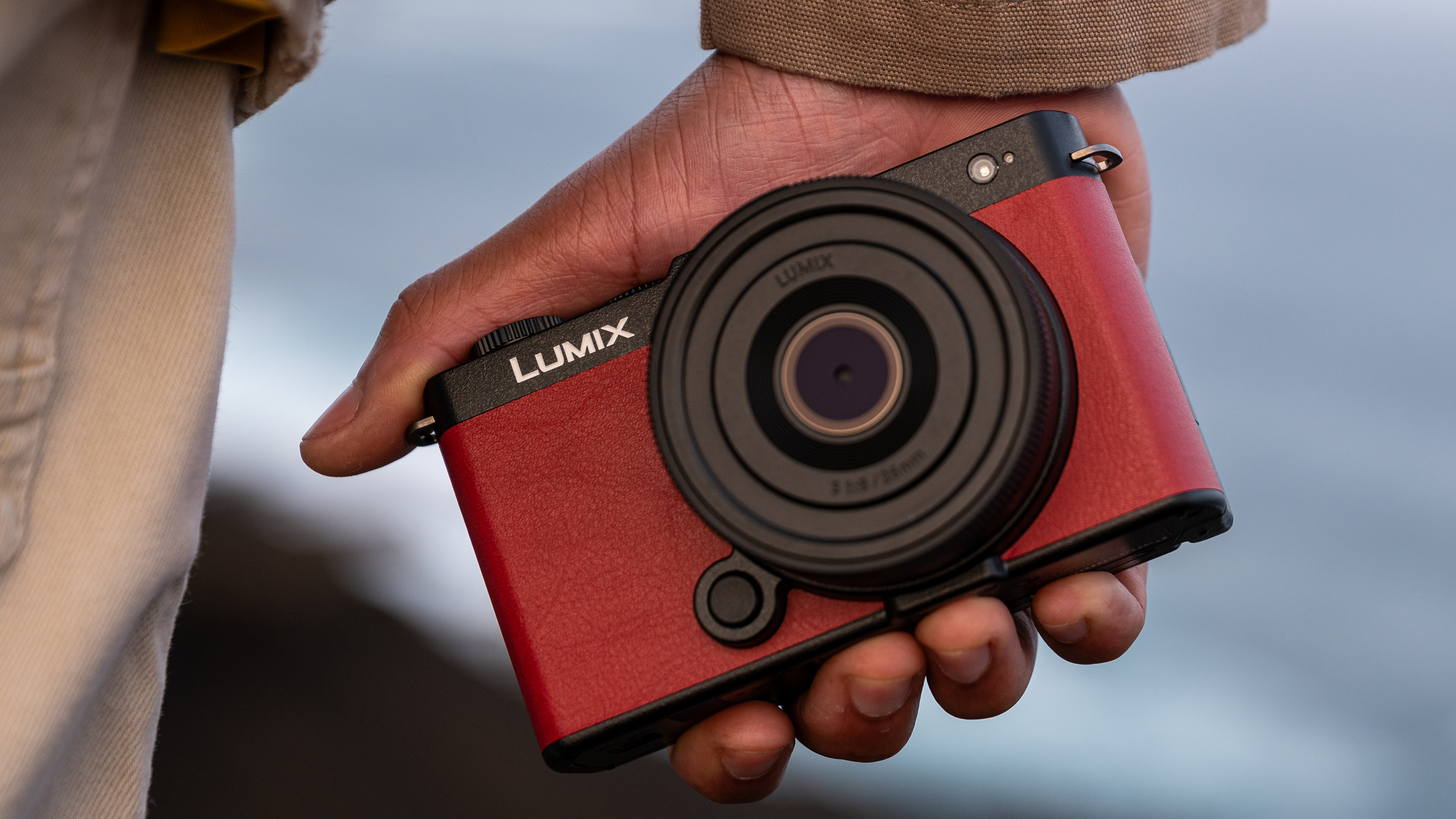The best camera for street photography
The best camera for street photography will be discreet, have accurate autofocus and a vintage design won't go amiss
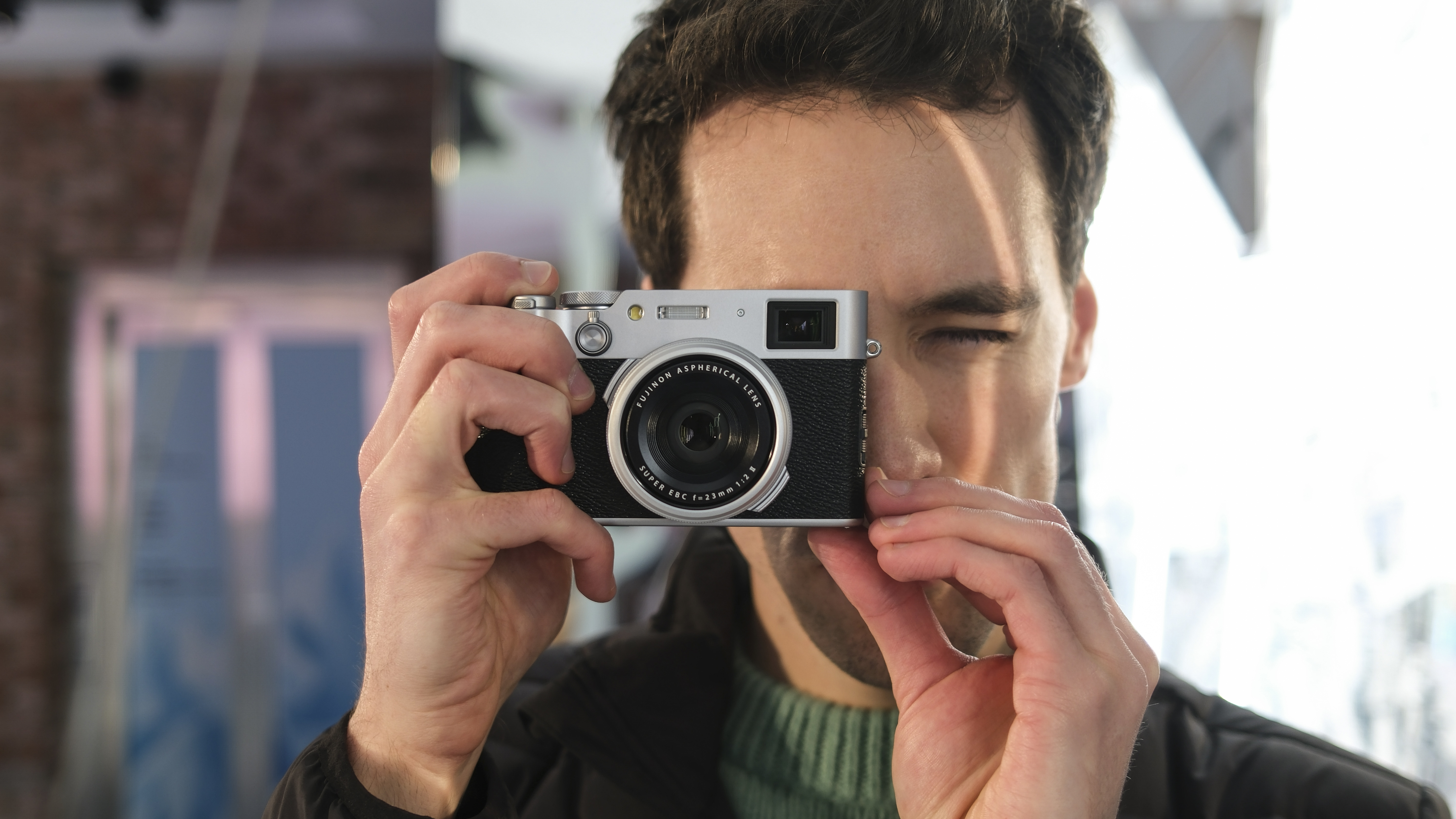
When I'm looking for the best camera for street photography I think it should deliver a superior in-the-moment photographic experience. Shooting street photography is all about being there, blending within your surroundings, and finding that split-second moment where all the elements align.
As a street photographer, you'll be a keen observer, with an eye for documenting daily life. Anything from eye-catching outfits to ironic coincidences can be the purview of the street photographer. It's less about technical perfection, and more about capturing something raw and true.
We've split our list into two major categories: fixed lens compacts and interchangeable lens mirrorless cameras. If you're purely street shooting, then a simple compact may be the way to go, while mirrorless cameras are more versatile, and a good choice if you might want to try other genres like wildlife, portrait, or landscape photography.
One more thing. Street photography has a rich history in the history of photography, and there's a certain style to it. So we've taken into consideration the cameras we think best suit the style of shooting street. It's not just about aesthetics; many of these more retro-styled cameras pack in features that complement the shoot-from-the-hip philosophy of street photography.

Gareth is the Reviews Editor at Digital Camera World, and the person in charge of approving all the latest camera-related tech. Spending a lot of time out on the streets of London snapping away, he knows a thing or two about which cameras work well for discreet street cameras. Outside of this, expect to find him cycling around, or deep in a Netflix binge.
The Quick List
Want to see our choices in a hurry? Well here they are, and if you want to find out more about them, the jump links will take you down to give you the full story of why we recommend them.
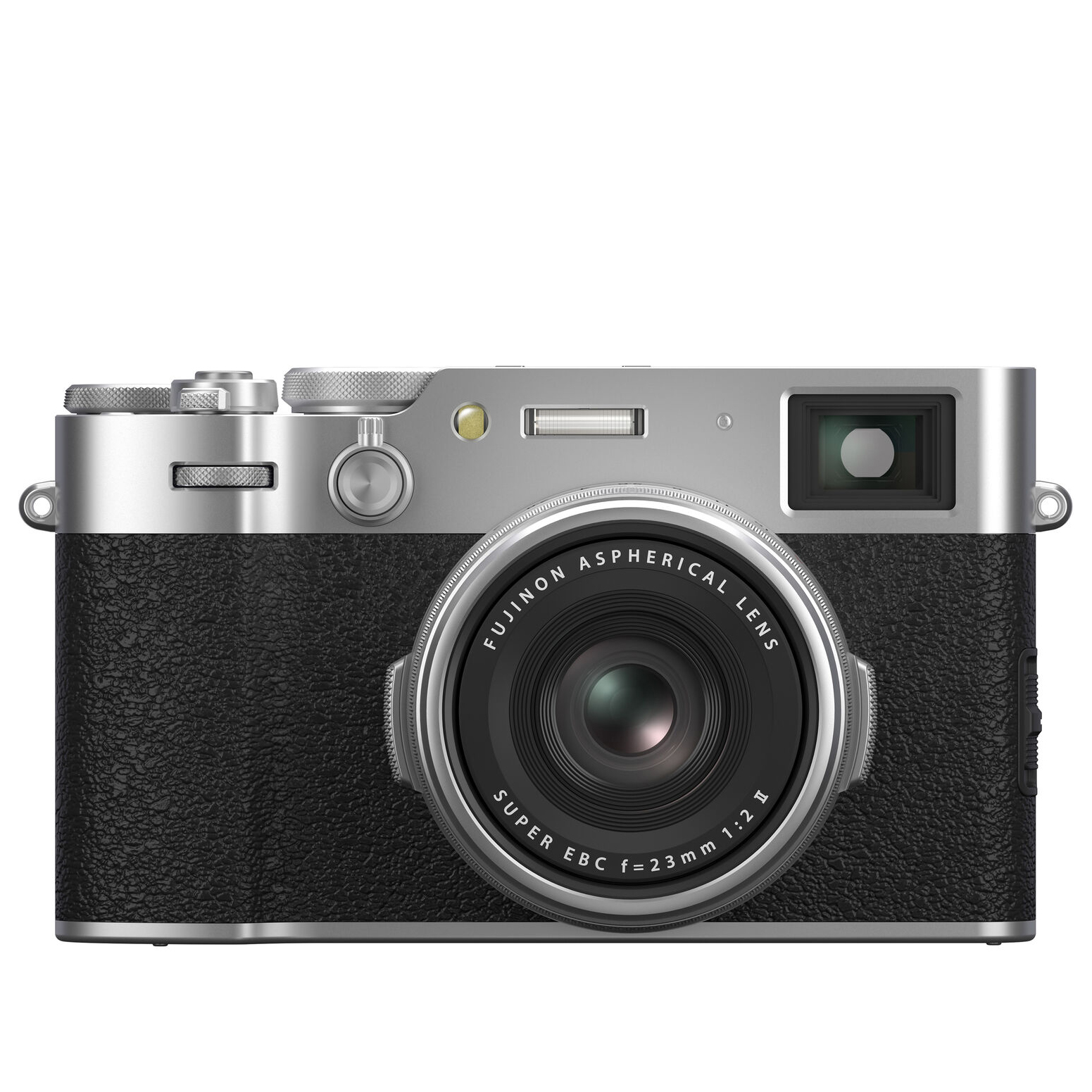
Bags of style backed up with serious imaging tech, the Fujifilm X100V has it all. The fifth in a line of prime-lens compacts, the X100V eschews zoom range in favor of a catch-it-all focal length and supreme image quality.
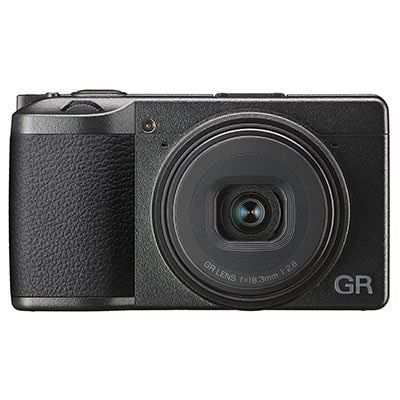
The GR III, is a great option for street photography, so much so that it even comes in a dedicated "street edition" with a pop-on viewfinder and natty yellow stripe included.
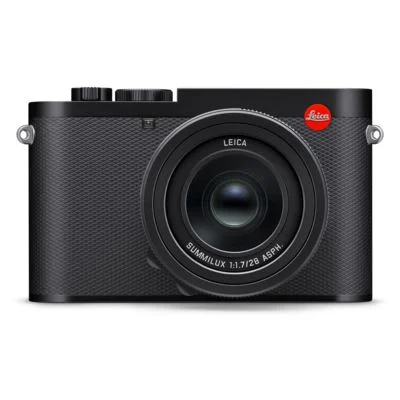
If you want the best of the best compact cameras on the market that have a 60MP sensor, a whole lot of street-cred, and a super-sharp fixed 20mm f/1.7 Summilux then look no further.
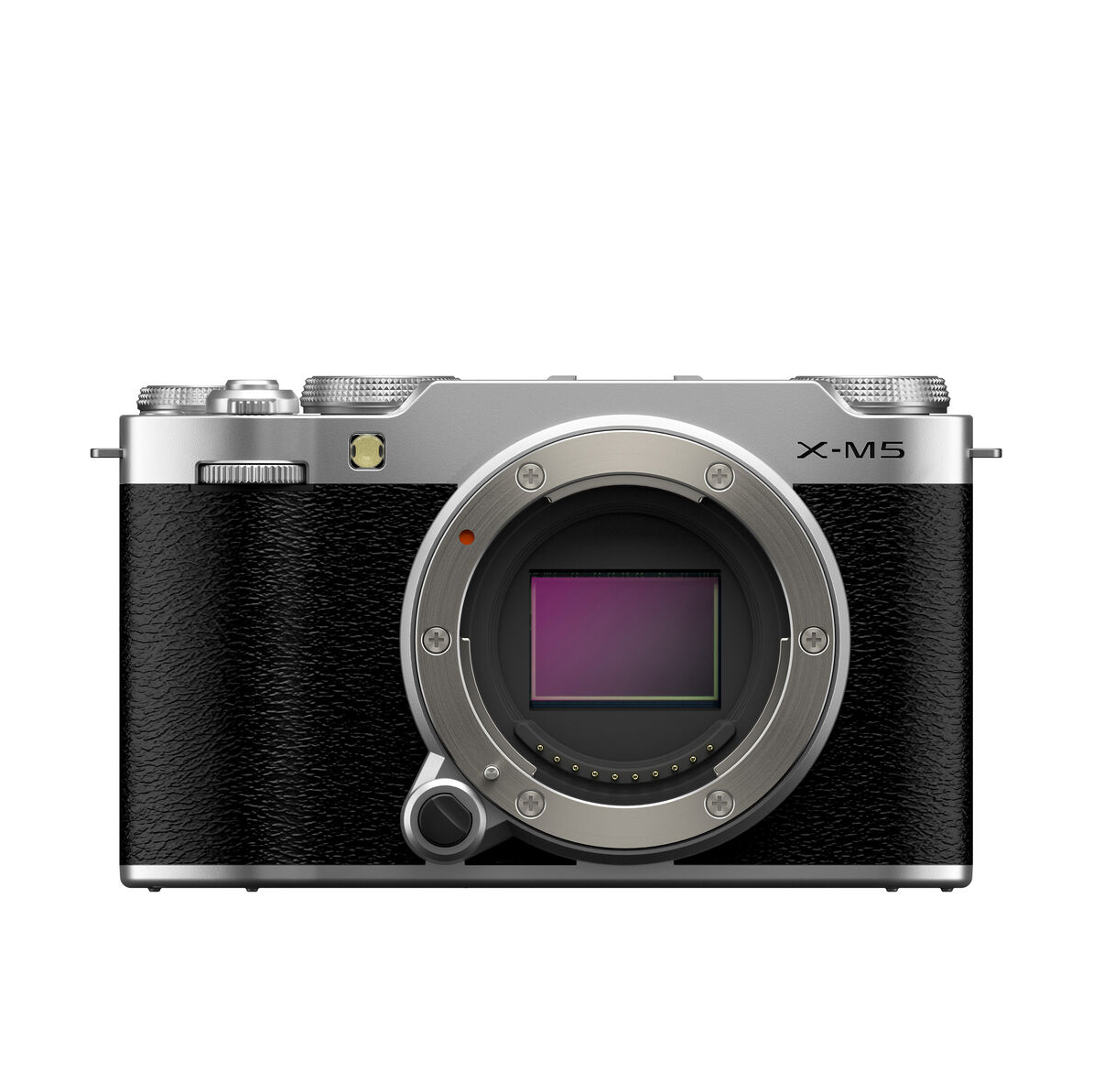
The Fujifilm X-M5 is a compact and affordable camera perfect for street photographers. Its stylish design, high-quality touchscreen, and reliable autofocus make it easy to use. With impressive image quality and video features, the X-M5 offers an exceptional blend of functionality.
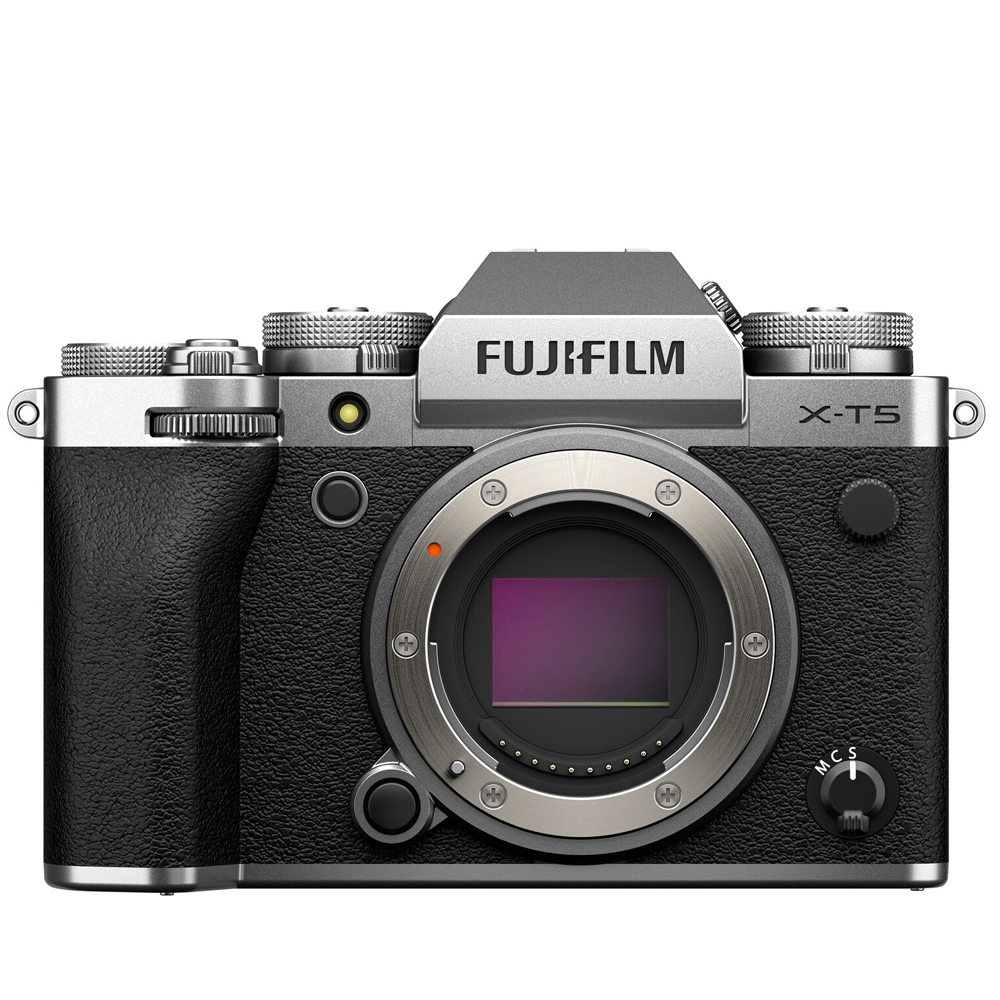
The Fujifilm X-T5 is a classic SLR-style camera with modern features, perfect for street photography. Its 40.2MP sensor and 10-bit 4:2:2 video at 6.2K/30P offer great flexibility for capturing urban scenes. The 3-way tilting touchscreen adds versatility to image composition.
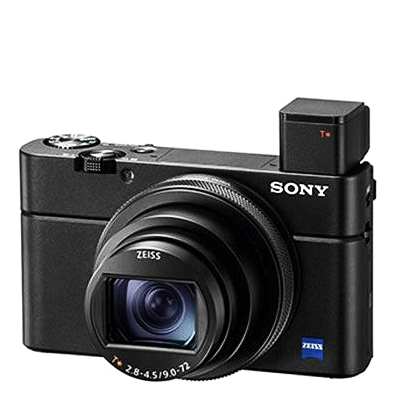
The Sony RX100 VII is a brilliant compact camera that is small enough that you'll go noticed pulling this out of your pocket for some discreet street shots, but with a decent optical zoom, you can also choose to get close to your subjects.
View more...
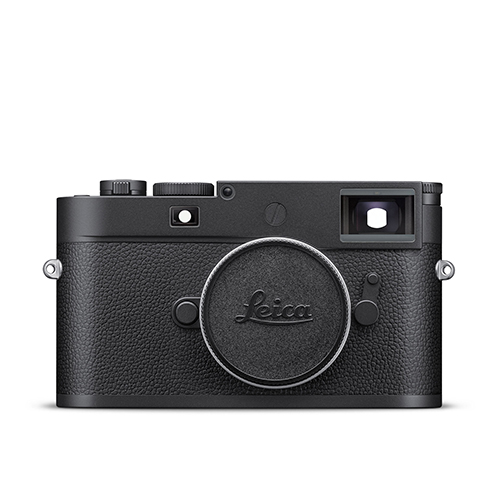
The Leica Monochrom might be almost the definition of the classic street camera. Rangefinder design, manual focus only, and monochrome sensor. The camera might be limiting for many purposes, but on the streets, it is perfect.
Best cameras for street photography: the full guide
Why you can trust Digital Camera World
Best street photography camera for style
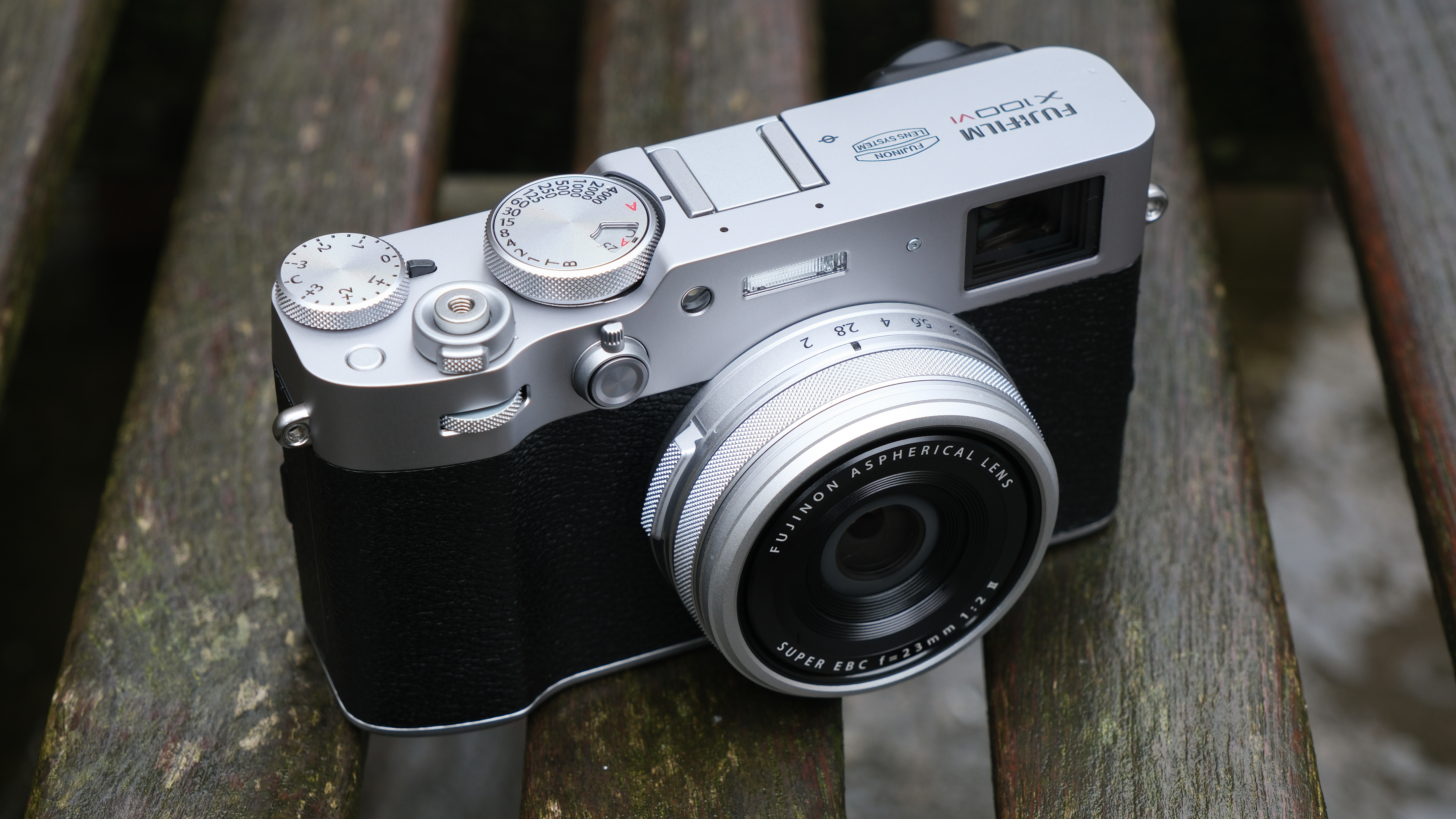
Specifications
Reasons to buy
Reasons to avoid
Bags of style backed up with serious imaging tech, the Fujifilm X100VI has it all. The fifth in a line of prime-lens compacts, the X100VI eschews zoom range in favor of a catch-it-all focal length and supreme image quality.
In our review, we found it to be a supremely enjoyable camera to use, I'd say it's one of the most purely enjoyable cameras that’s ever been made.
The X100V has evidently been put together with street photographers in mind; its dial-based controls hark back to the old days of street photography, while its hybrid optical/electronic viewfinder is one of the best examples of its type on any mirrorless camera, full-stop. All of this does come at a price, but if you can justify the expense, it’s worth it.
Read more: Fujifilm X100VI review
Features | 40MP sensor backed up by Fuji's film simulations, 6.2k video, and IBIS all improve on the previous model | ★★★★★ |
Build & handling | Gorgeous and well constructed retro inspired body with an incredible hybrid viewfinder | ★★★★★ |
Performance | Excellent photo performance with photos from the 40MP sensor and fixed lens looking stunning | ★★★★★ |
Value | The quality is top notch, but you will have to pay top dollar which might be too much for some | ★★★★☆ |
Best street photography camera for stealth
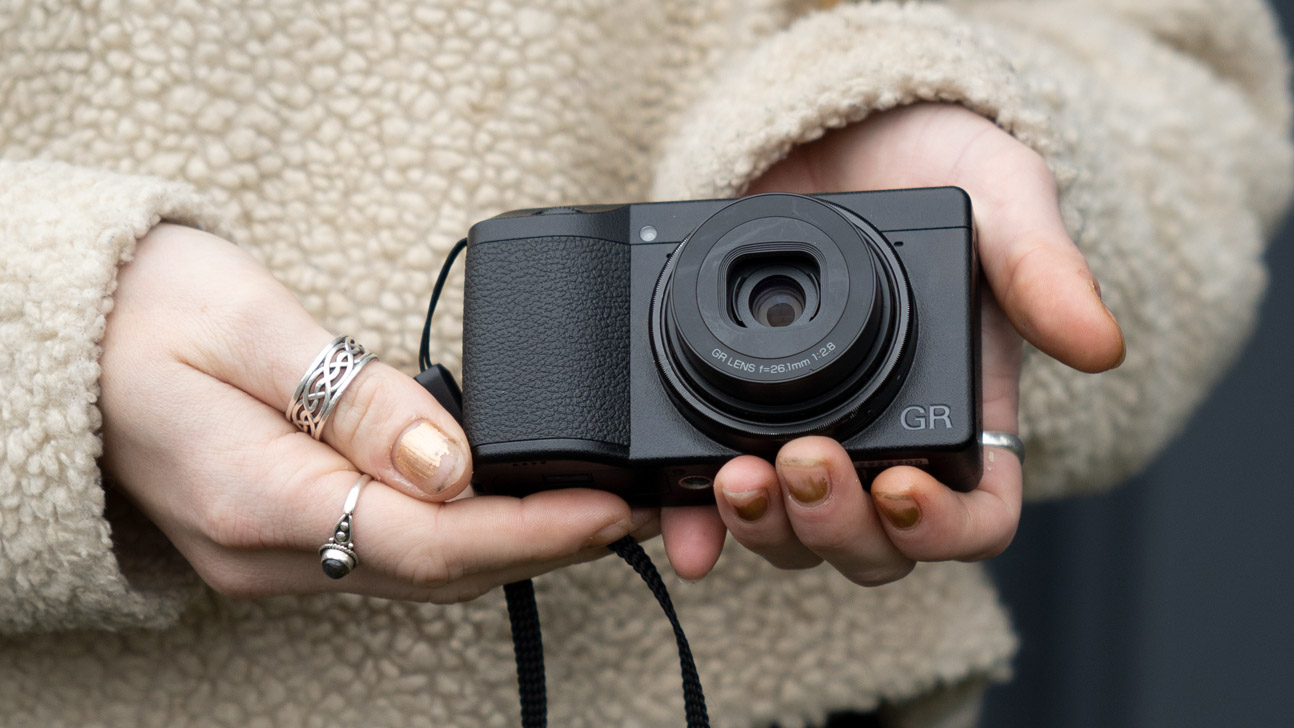
Specifications
Reasons to buy
Reasons to avoid
Like four-hour board games and The Rocky Horror Picture Show, the Ricoh GR cameras have acquired something of a cult following. Their fans will extol, to anyone who’ll listen, the virtues of their slim build and large sensor, a feature combination that makes the most recent model, the GR IIIx, a great option for street photography, so much so that it even comes in a dedicated "street edition" with a pop-on viewfinder and natty yellow stripe included.
With impressive features like three-axis image stabilization, a high maximum ISO of 102,400, and a lean start-up time of just 0.8sec, the GR III has the imaging cred to back up its looks.
Also consider the Ricoh has come out with an alternative version of the GR IIIx, the Ricoh GR III. It's basically the same camera, but with one crucial difference – it swaps the 40mm equivalent lens for a 28mm equivalent. Neither of these is necessarily better for street photography; it's just about personal preference. If you like the sound of the wide perspective then the Ricoh GR III is for you, but think you might prefer a closer, tighter perspective, consider the Ricoh GR IIIx!
Read more: Ricoh GR IIIx review
Features | featuring a niche 40mm focal length with 24MP APS-C sensor in a pocketable size makes this great for street | ★★★★★ |
Build & handling | Due to its tiny size it can be difficult to hold at times, but thanks to its all heavy-duty plastic construction its lightweight | ★★★★☆ |
Performance | producing excellent images and often being unseen while doing makes this a fan-favourite | ★★★★★ |
Value | Its price is a niche as the camera, but fair fro those looking for a small powerhouse | ★★★★☆ |
Best premium compact camera for street photography
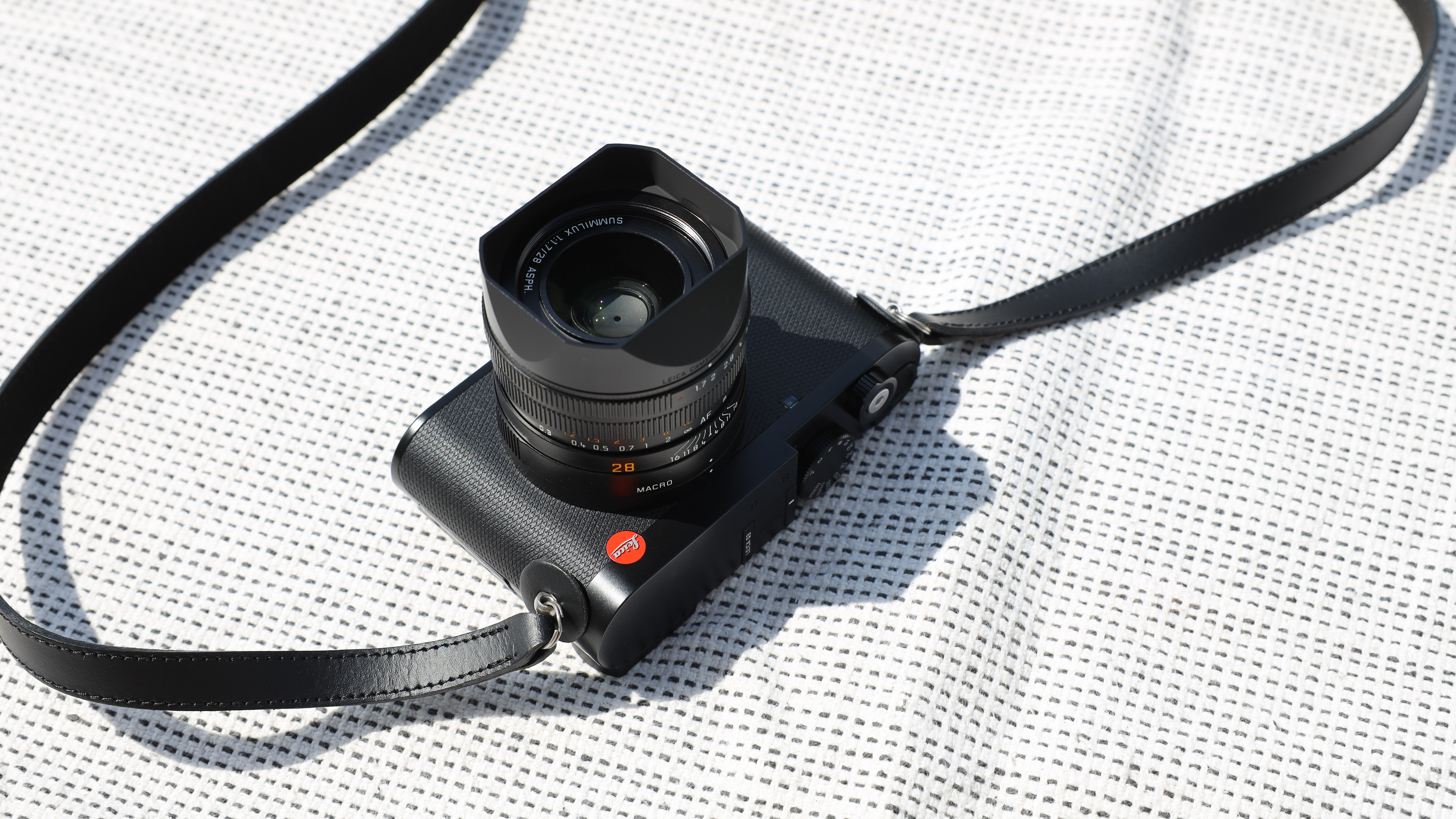
Specifications
Reasons to buy
Reasons to avoid
The Leica Q3's 60MP sensor never failed to impress me, producing breathtaking images that capture every detail. I particularly enjoyed the digital crop feature, which adds a fun element of experimentation to the fixed 28mm f/1.7 lens.
Each shot I took showcased Leica's remarkable processing, with colors that pop with exceptional dynamic range, making it the perfect compact camera for Street photography. The autofocus is quick and precise, especially when it comes to subject focusing, thanks to its efficient human and eye detection capabilities.
However, I've found that the animal detection feature leaves much to be desired. It often misidentifies inanimate objects rather than living creatures however, I suspect this could be improved with firmware updates. In terms of video, the Leica Q3 delivers high-quality 8K footage in various professional codecs, but I've noticed that image stabilization struggles with handheld shake.
Despite these drawbacks, the Leica Q3 remains a standout camera for everyday use, and it easily earns its reputation as one of the best compact cameras for street photography available today. Unfortunately, being a Leica, its lofty price tag makes it inaccessible to many photographers, which is a disappointment.
Read more: Leica Q3 review
Features | 60-megapixels 8K video, subject recognition and tracking | ★★★★★ |
Build & handling | Built like a tank, amazing 28mm f/1.7 lens, quick AF to manual focus | ★★★★☆ |
Performance | Amazing image quality, decent autofocus, user friendly operation | ★★★★☆ |
Value | This is a luxury, handmade camera with the performance to match | ★★★☆☆ |
Best street photography camera for price
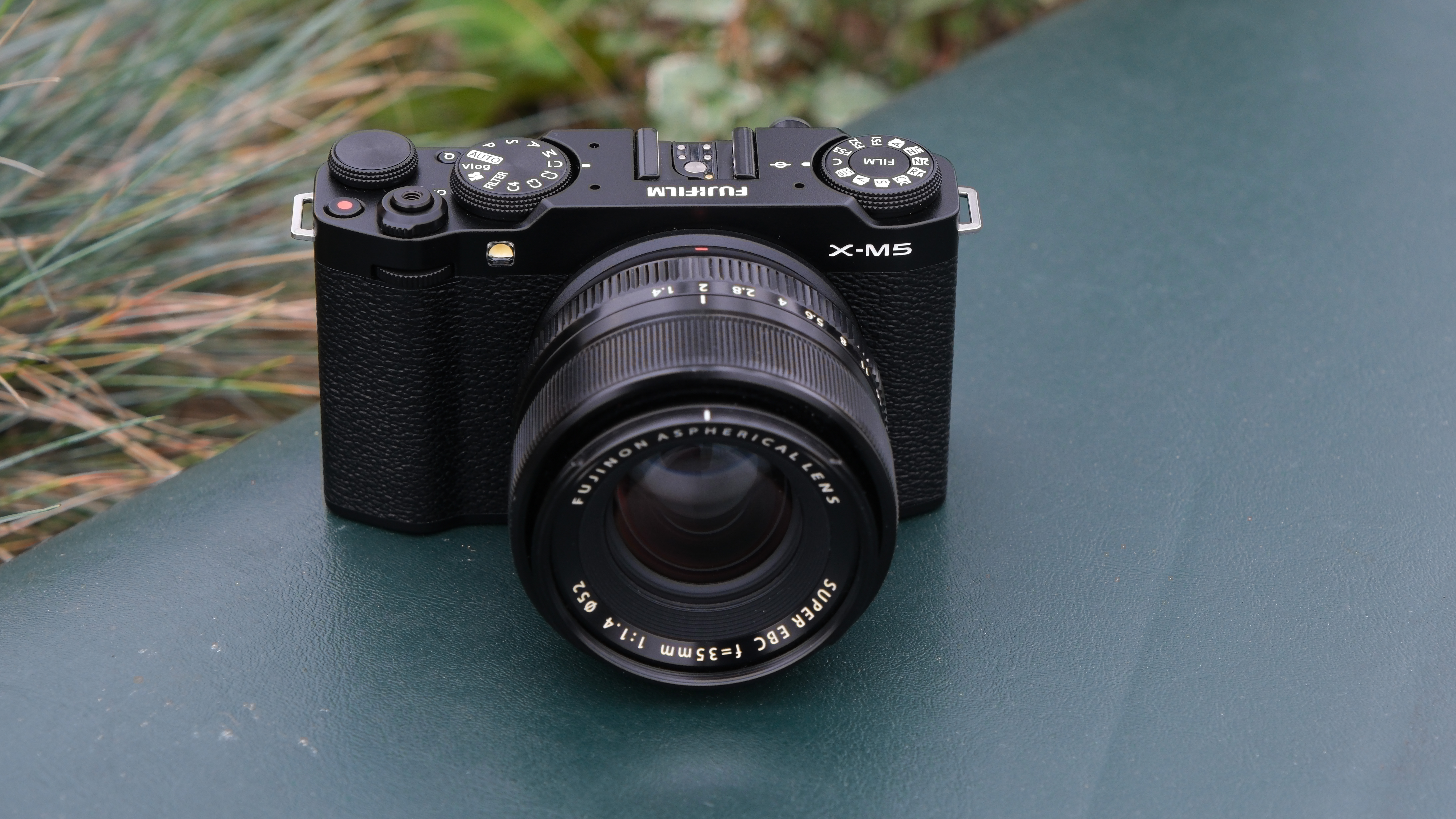
Specifications
Reasons to buy
Reasons to avoid
The Fujifilm X-M5 is an ideal choice for street photographers seeking a compact, capable, and affordable camera. With its stylish and ergonomic design, the X-M5 comfortably fits in pocket, making it excellent for extended shooting sessions in urban environments. What's more, image quality consistently rivals more expensive cameras, even matching results from premium models like the Fujifilm X100VI, at roughly half the price.
While the absence of a viewfinder may initially deter photographers accustomed to traditional cameras, those familiar with smartphone photography will quickly adapt to composing images on the X-M5’s high-quality touchscreen. Autofocus performance is reliable, benefiting from Fujifilm’s subject recognition algorithms for tracking people and animals in your shots.
For photographers who also create video content, the X-M5 delivers impressive features, particularly its open-gate recording capabilities. This is especially valuable as demand grows for content compatible with multiple aspect ratios.
Overall, the Fujifilm X-M5 offers an exceptional blend of portability, functionality, and image quality, making it a standout option for street photography enthusiasts seeking maximum value without compromising on performance.
Read more: Fujifilm X-M5 review
Features | Powerful video specs and the latest AF | ★★★★★ |
Design | Solid-feeling compact body with small lenses to match. Although no EVF for photographers | ★★★★☆ |
Performance | Great quality stills and video, with film simulations offering ready-to-share content | ★★★★★ |
Value | Undercuts rivals on price but not on power | ★★★★★ |
Most versatile camera for street photography
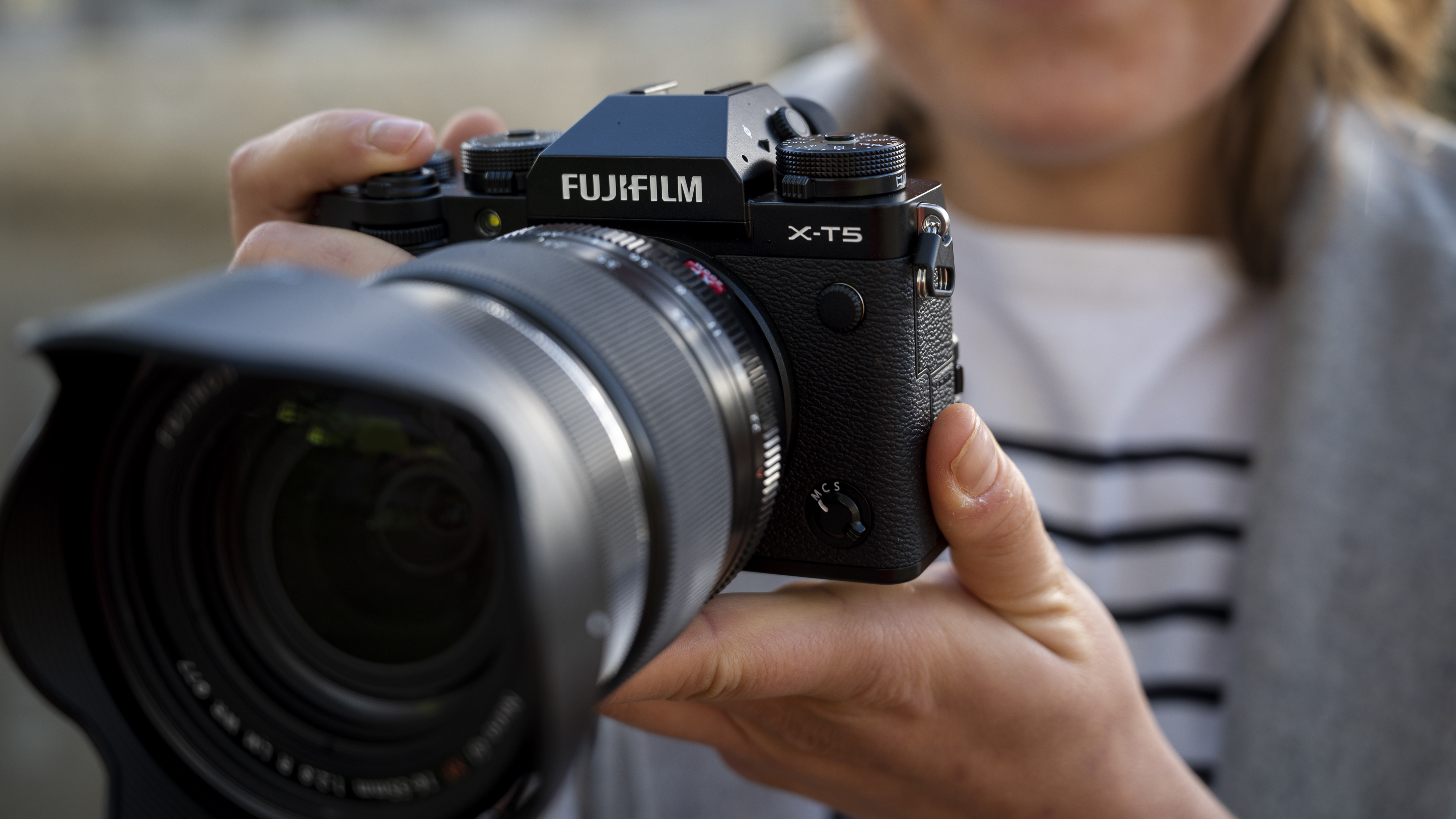
Specifications
Reasons to buy
Reasons to avoid
The Fujifilm X-T5 marks the latest step in Fujifilm's X-T series, and for me, it's more of an evolution than a revolution. As someone deeply passionate about street photography, especially capturing simulations of my favorite films too, this camera feels like a classic SLR-style companion with a modern twist.
I love the traditional dials on the top of the camera; they make changing ISO and shutter speed settings a breeze, giving me that tactile connection to my craft. The X-T5 builds upon the beloved X-T4 with an impressive 40.2MP sensor and 10-bit 4:2:2 video at 6.2K/30P, all while maintaining its lightweight design.
One of the standout features for me is the 3-way tilting touchscreen, which adds flexibility to image composition. In terms of its aesthetics, feel, and handling, the X-T5 stands out from the crowd, offering a unique shooting experience compared to other cameras like the Fujifilm X-H2.
If you're torn between the X-T5 and the X-H2, I'd recommend checking out our comparison article, "Fujifilm X-T5 vs X-H2," to see which one aligns better with your needs and preferences.
Read more: Fujifilm X-T5 review
Features | High-resoltion, IBIS, 6K video, what more could you want? | ★★★★★ |
Design | Beautiful styling, but the manual dials aren't for everyone | ★★★★☆ |
Performance | Fantastic image quality and exceptional subject detect autofocus | ★★★★★ |
Value | Excellent value for the design and features on offer | ★★★★★ |
Best street photography camera for reach
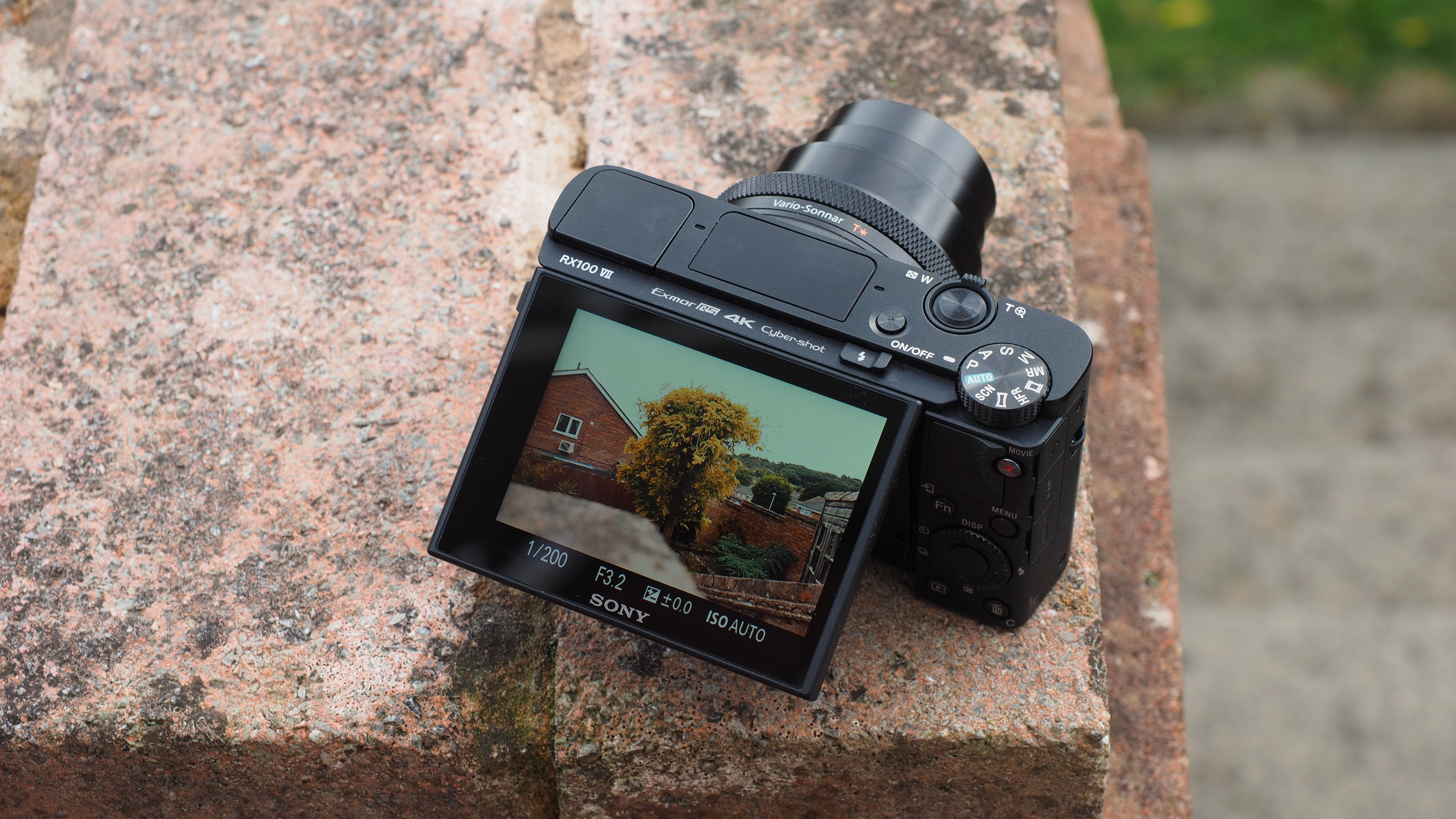
Specifications
Reasons to buy
Reasons to avoid
A camera doesn’t get seven iterations unless the idea is good, to begin with, and the Sony RX100 VII is the latest in a line of terrific tiny compacts. Pairing a 24-200mm equivalent Zeiss-engineered lens with an extremely sophisticated autofocus system and enviably fast burst shooting is a winner in anyone’s book, and all this makes it right up the alley of any street photographer.
All this tech doesn’t come cheap, however, and one could argue, as we did in our review, that the RX100 VII is a wee bit aggressively priced for a camera of its size (and sensor size).
The good news, though, is that if the asking price is too dear for you, the preceding RX100 models are still largely in production, so by all means have a look and see if one better suits you (our RX100 comparison guide will come in handy there).
Read more: Sony RX100 VII review
Features | With its compact size and offering 20MP stills and 4K video its perfect for travel | ★★★★☆ |
Build & handling | With a massive 24-200mm zoom in its compact size makes this great for taking on your travels and capturing all the action | ★★★★★ |
Performance | With stunning 20MP stills and glorious 4K video footage, and that massive zoom - this is a compact powerhouse in your pocket | ★★★★☆ |
Value | It's pricey for its specs, but when you factor in its size there is nothing else like it | ★★★★☆ |
Best black and white street photography camera

Specifications
Reasons to buy
Reasons to avoid
The Leica M11 Monochrom is a camera that speaks directly to my niche interests, and maybe yours too. As a black-and-white, manual focus-only rangefinder camera, it stands apart from the mainstream offerings. Sure, it can't shoot video, and the price tag of $9000 (£8,300) is hefty, but these characteristics are what make it so special.
Far from being shortcomings, these features encouraged me to approach my photography with a more deliberate mindset. Every shot becomes a thoughtful process, reminiscent of the glory days of film photography. Using the M11 Monochrom has been one of the most enjoyable photography experiences I've had in a while.
I understand that this camera isn't for everyone. It's tailored for a specific audience, and Leica knows exactly how to cater to their needs. For those of us who appreciate its unique qualities and Black-and-white only images, there's good news: it's possibly the best version of this camera to date.
Read more: Leica M11 Monochrom review
Features | Black and white only images, 60MP stills, no video features | 4 / 5 |
Build & handling | Built to the Leica reputation this is a solid camera that lives up to the Leica name | 5 / 5 |
Performance | Simply the best low-light performance from any Leica | 5 / 5 |
Value | Rather expensive for a very niche camera | 4 / 5 |
Lab Data and Comparisons
How to choose the best camera for street photography
When it comes to street photography, I've learned that the best mirrorless cameras and the best compact cameras may boast various features, but specific requirements truly make a camera shine in this genre.
For me, a good street photography camera must be small and discreet. It's essential to blend into the surroundings, observing scenes without drawing unnecessary attention. Big bodies and bulky lenses tend to stand out, which is not ideal.
Speed is another crucial factor. Snappy autofocus and a reliable burst mode ensure I capture the decisive moment without delay. It's reassuring to know that if I miss a shot, it won't be due to the camera's limitations.
When it comes to controls, intuitiveness is key. I prefer well-laid-out and tactile controls that allow me to adjust settings quickly without diving into menus. After all, time is of the essence during a street shoot.
Lastly, weight matters. Carrying the camera around my neck or on my shoulder for extended periods requires it to be lightweight. The ideal street camera shouldn't weigh me down as I navigate through the urban landscape, capturing fleeting moments of life.
How we test street photography cameras
In evaluating what cameras made the best ones for street photography, we conduct thorough assessments both in real-world shooting situations and under meticulously controlled lab conditions. Our lab examinations focus on key performance metrics including resolution, dynamic range, and signal-to-noise ratio.
Resolution is gauged using ISO resolution charts, while dynamic range assessments are facilitated through DxO Analyzer test equipment. Additionally, we utilize DxO Analyzer for comprehensive noise analysis across the camera's ISO range.
As for compact cameras, our evaluations are primarily based on real-world results and ergonomic handling, serving as the foundation for our informative guides.
Get the Digital Camera World Newsletter
The best camera deals, reviews, product advice, and unmissable photography news, direct to your inbox!

Gareth is a photographer based in London, working as a freelance photographer and videographer for the past several years, having the privilege to shoot for some household names. With work focusing on fashion, portrait and lifestyle content creation, he has developed a range of skills covering everything from editorial shoots to social media videos. Outside of work, he has a personal passion for travel and nature photography, with a devotion to sustainability and environmental causes.
